Anyone planning to come to Buenos Aires is very likely to come across the many sub-barrios (neighborhoods) of Palermo. But this can turn out to be very confusing, especially when you hear two names for the same area or discover that there seems to be some overlap in the territory! So here’s a list of the sub-neighborhoods within Palermo, including the ones that you’re most likely to run into and some super-obscure ones you may never have come across. Also, since there are many versions out there regarding which are the exact defining streets for each ‘zone’, I have considered all the variations, picked the ones most agreed upon and included their approximate locations along with their names for your reference.
Also you might want to check out “100 Barrios Part 1“, if you haven’t yet, to read up on interesting facts of the other Buenos Aires neighborhoods.
![Learn about all the Buenos Aires neighborhoods Palermo Belgrano La Boca Recoleta Microcentro San Nicolas Retiro Puerto Madero]()
1) Palermo Hollywood (between Av. Dorrego and Av. Juan B. Justo, Av. Córdoba and Av. Santa Fe) – This name came from the television studios (such as Channel 9) as well as production companies located in that area. Some might say the name “Palermo Hollywood” was meant to make the area sound more glamorous than it really is. Whatever your opinion, it has a ton of restaurants, bars, and clubs, making it a fun place to live and for nightlife. This area in particular is characterized by cobblestone streets.
2) Palermo SoHo (between Av. Juan B. Justo and Av. Scalabrini Ortiz, Av. Córdoba and Av. Santa Fe) – The name comes from the SoHo of New York City and London. At the heart of Palermo SoHo is a place listed on maps as Plaza Cortázar (but it’s always called Plaza Serrano). This is the area famous for all the local designer boutiques, fancy restaurants and bars, where surely the place to see and be seen day and night.
3) Palermo Viejo (between Av. Scalabrini Ortiz and Av. Dorrego, Av. Córdoba and Av. Santa Fe) – Please take a moment to observe a map and compare the location of Palermo Viejo to Palermo’s Hollywood and SoHo. I’ll wait. All done? Palermo Viejo is the old name for that whole area now called SoHo and Hollywood, before it was divided down Av. Juan B. Justo. If you look around, you’ll find hostels and stores that still bear this name, refusing to be swept away in the New-York-ification of their city.
4) Palermo Nuevo (between Av. Coronel Díaz and Av. Sarmiento, Av. Las Heras and Av. del Libertador) – I’ve noticed there’s also some disagreement about the perimeter of this neighborhood, and you can find many maps that show it’s location as being between Av. Bullrich and Av. Sarmiento, Av. Santa Fe and Av. del Libertador. Wherever it might be located, “New Palermo” is a trendy and fairly recently formed area (at least since 2007), full of cafés and boutiques, but still very residential.
5) Alto Palermo (or Palermo Alto) – (the 2 block area surrounding the Alto Palermo Shopping) – This area takes its name after the nearby mall, and pretty much anyone living within 2 or 3 blocks can probably safely say they live in Alto Palermo. This is also where our Spanish School in Buenos Aires Vamos Spanish Academy, is located, a very vibrant and accessible area.
6) Las Cañitas (Av. Luis María Campos and Av. del Libertador, Av. Olleros and Av. Dorrego) – This area is well-known and popular for being full of great parrillas, restaurants, bars, and nightclubs. This is one of the original Palermo’s, although many people think it’s part of Belgrano (it’s not). Unlike some of the more obscure parts of Palermo, everyone will know what (and where) you’re talking about. The name “Cañitas” comes from the early 20th century, from the reeds (cañas) in the nearby arroyo Maldonado.
7) Palermo Botánico (between Av. Scalabrini Ortiz and Plaza Italia, Av. Las Heras and Charcas) – This is the area around the Jardín Botánico. Not much else to say.
8) Plaza Italia (the area around Plaza Italia) – As with “Palermo Botánico”, the name comes from proximity to a major landmark. “Plaza Italia” is also a subway stop on Line D. Pretty straightforward. You’re likely to notice some overlap with Botánico and Pacífico (see #11).
9) Palermo Chico (between Av. del Libertador and the railroad tracks, Cavia and Tagle) – This is a very expensive part of Palermo where no normal person can afford to live ![one version of palermo map in Buenos Aires]() (only TV stars and other assorted millionaires). You may sometimes hear it called “Barrio Parque” and this is another one of the original sub-neighborhoods of Palermo.
(only TV stars and other assorted millionaires). You may sometimes hear it called “Barrio Parque” and this is another one of the original sub-neighborhoods of Palermo.
10) Palermo Pacífico (between Av. Santa Fe and Guatemala, Uriarte and Juan B. Justo) – Some say this area extends up to Av. Dorrego, others say it ends at the Puente Pacífico (thus the name) – you have probably never heard of this neighborhood and may never hear it called by this name. You’ll notice some overlap with Palermo Hollywood and SoHo on either side of Juan B. Justo.
11) Palermo Boulevard (Av. Juan B. Justo between Guatemala and Gorriti) – So named because of the towers built in this area – it’s also called “Palermo Centro” sometimes. Just like Pacífico, this is another neighborhood that I’ve never heard of.
12) Villa Freud/Palermo Sensible (between Av. Coronel Diaz and Av. Scalabrini Ortiz, Av. Santa Fe and Soler) – So named due to the high concentration of psychoanalysts in the area. Based on some brief market research, I think this name is only known to people who live in or near Palermo (which is my way of saying, your taxi driver may have no idea where you want to go if you say you want to go to “Villa Freud” – you’re better off saying Alto Palermo.
13) Zona Roja (around the Bosques de Palermo and along Godoy Cruz between Av. Córdoba and Av. Santa Fé) Sort of like the red-light district in other cities, this area is known as the place where transvestites work. During the day the area is full of people jogging and skateboarding, but at night it’s another story. You may not hear this as much during normal conversation, and most people are likely to say that they live in “Palermo SoHo” (or “Viejo” or “Pacífico”) before they say they live in the “Zona Roja”.
14) La Imprenta – It’s theoretically within Las Cañitas at Migueletes 800, and earned its name from the printing house (imprenta) of the Jockey Club. I’m fairly certain no one has said this or heard of it recently.
And finally, I would be remiss in my duties if I did not mention the Fake Palermos, which are not even in the official Palermo Neighborhood limits:
1) Palermo Queens – is actually in Villa Crespo. The name was made up by realtors hoping to make the property sound more desirable to foreigners.
2) “Palermo Dead” (sometimes also called “Chacalermo”), an area around the Chacarita cemetery. Which is in Chacarita and not, as you may have noticed, in Palermo.
3) “La Paternal” (near Chacarita) is sometimes nicknamed “Palermo Fatherhood” – but I have yet to find a reasonable explanation for tagging Palermo onto this one.
While I’m sure with some digging you might be able to come up with a few more (or to be honest, you can probably invent one and no one would know the difference) – this list should help you to maneuver your way around the many, many neighborhoods of Palermo!
Note: The title picture credit goes to renowned Argentine artist Miguel A. Repiso, from his book ‘Y Rep Hizo Los Barrios Buenos Aires Dibujada’. Look for it in a bookstore when you are in the city, it’d make an awesome souvenir! To see more of Rep’s signature work, visit his website at www.miguelrep.com.ar.
Here is a very artistic video of Buenos Aires
Anastacia (Vamos Spanish School Team)
The post 100 Barrios Part 2: Sub-Barrios of Palermo appeared first on Vamos Spanish School.
 The President of the United States’ visit to Argentina has created a positive new correct between these two countries. For years the Argentine government has been charging American visitors a fee of US$160 for entering Argentina, this was called ”reciprocity fee”, due to the fact that the Argentine people have to pay when applying for an American visa”.
The President of the United States’ visit to Argentina has created a positive new correct between these two countries. For years the Argentine government has been charging American visitors a fee of US$160 for entering Argentina, this was called ”reciprocity fee”, due to the fact that the Argentine people have to pay when applying for an American visa”.

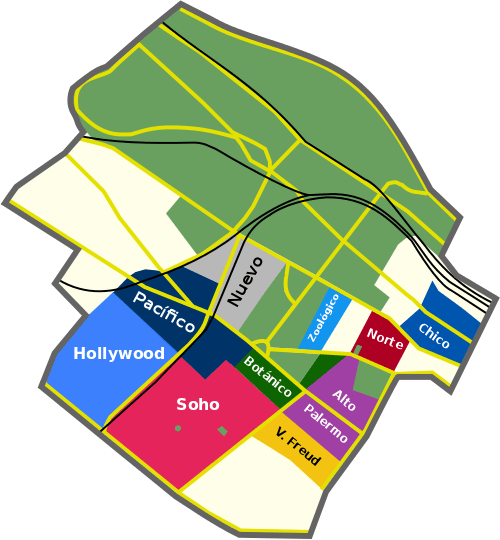















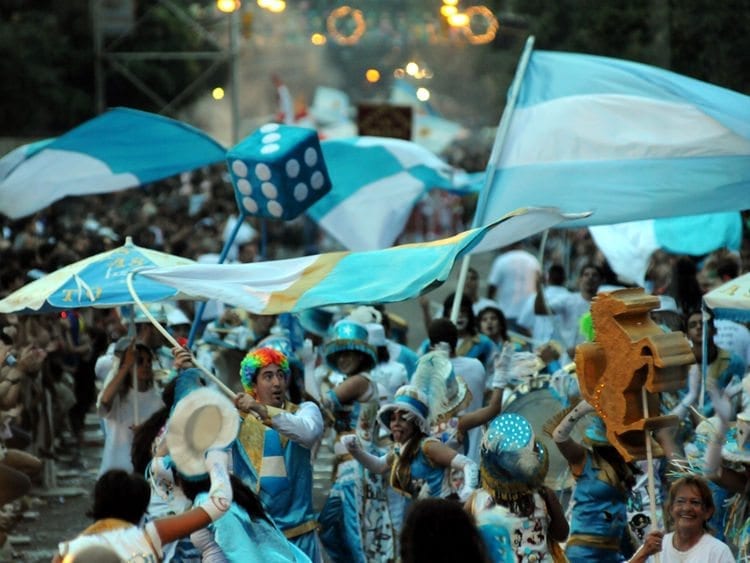


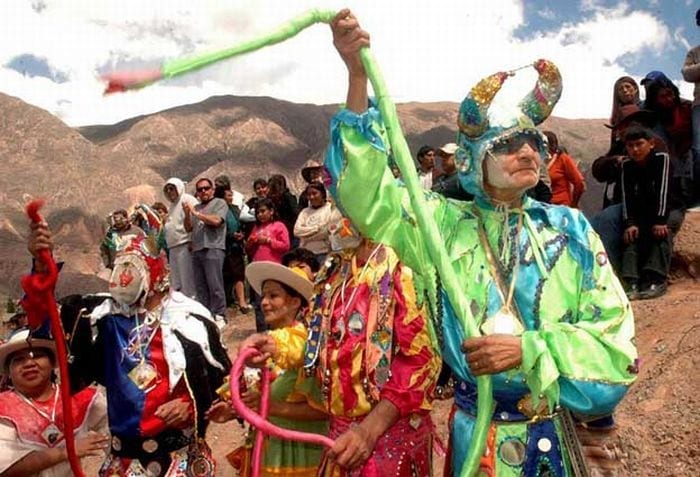
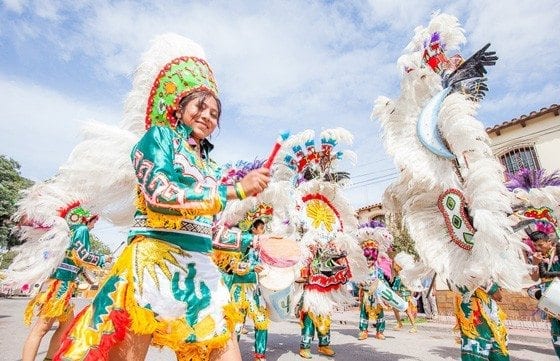
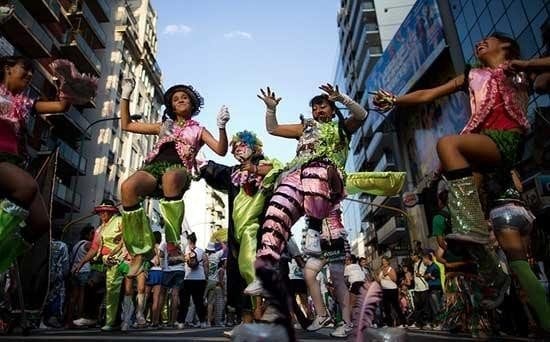
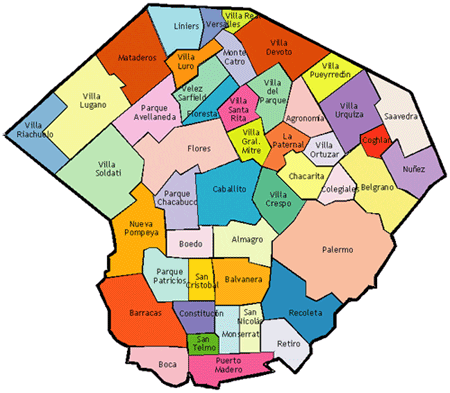

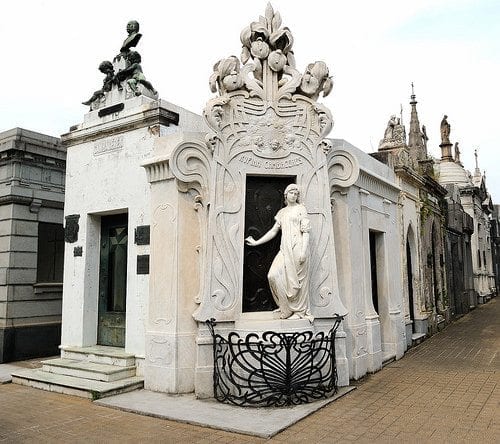






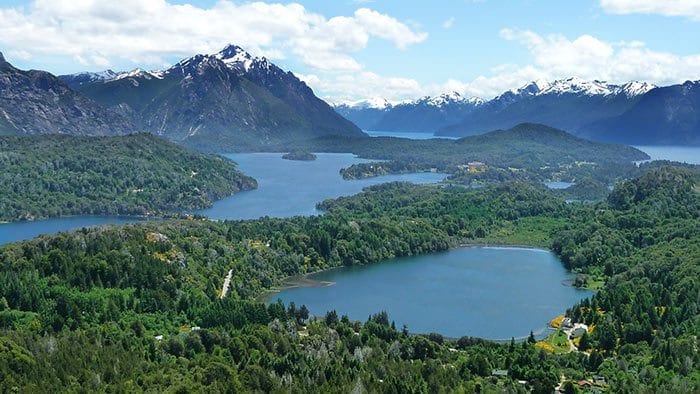
 Eight mounted horses ridden by men with five foot sticks and helmets, 300 yards of field and a solid ball. It sounds like the start of a medieval war but polo has been a rather posh sport in Argentina for centuries. Brought over by the British colonizers, who would enjoy the sport on the pampas fields. It now remains very much in the Argentine culture as an elitist sport for the upper class with money to support a horse.
Eight mounted horses ridden by men with five foot sticks and helmets, 300 yards of field and a solid ball. It sounds like the start of a medieval war but polo has been a rather posh sport in Argentina for centuries. Brought over by the British colonizers, who would enjoy the sport on the pampas fields. It now remains very much in the Argentine culture as an elitist sport for the upper class with money to support a horse.















